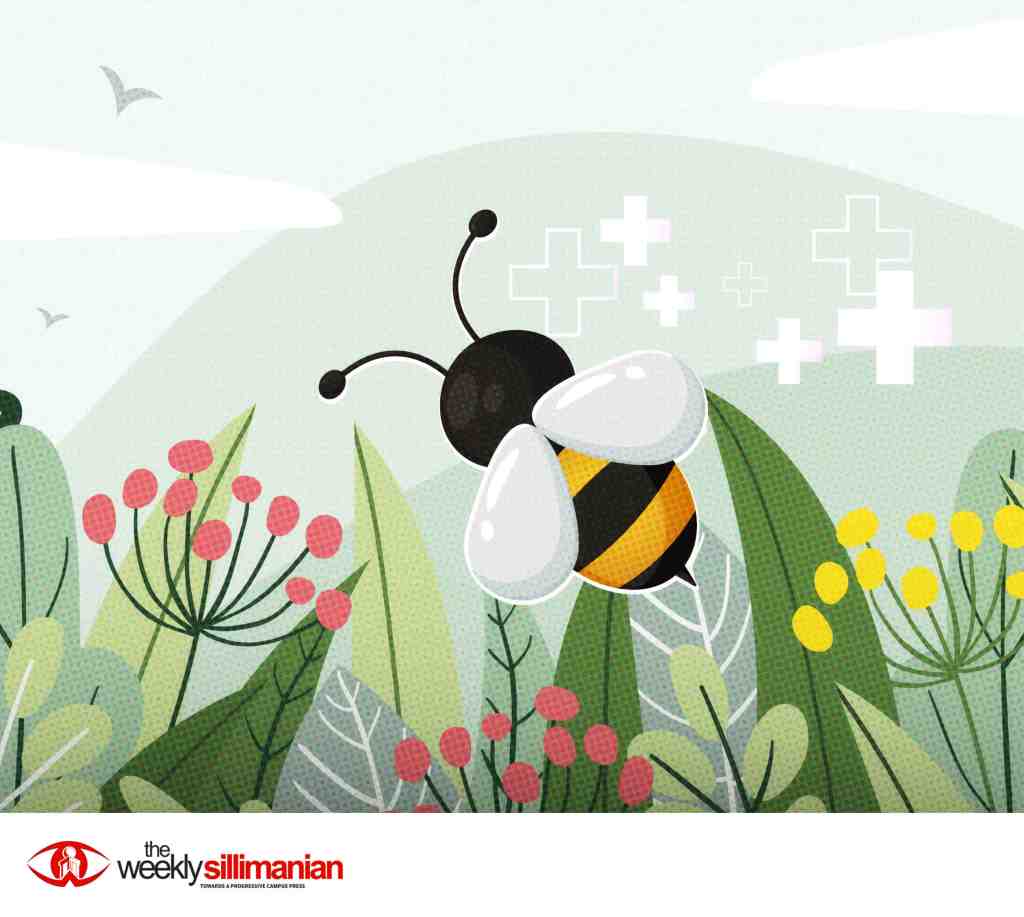By John Macklien Olandag | April 7, 2021
The word “venom” is intimidating. A single mention of it alone can be a big reason for people to draw away from the word itself along with its associated ideas of danger. Venom is a colorless liquid secreted from some animals upon biting or stinging into another organism’s skin. An organism’s body system will then react to the liquid, most often causing death and other adverse effects.
Yet, nature always creates a crack to the negative perception of venoms. In both tradition and technology, venom from one unnoticed has been showing some breakthroughs in the field of medicine, albeit without publicity and proof.

What Makes Up a Bee Venom?
Bee venom is shown to have both inflammatory and anti-inflammatory compounds. Inflammatory compounds are those that cause the skin to swell as a reaction to the invasion of toxins and other harmful substances that got through the skin via bites, stings, or cuts. Anti-inflammatory compounds, meanwhile, do the contrary. It reduces or wears down the inflammatory reactions going on through the body, and therefore can also ease the overall sensation of pain.
One of the components of the bee venom is melittin, which compromises about 40-60% of the venom’s dry weight. This compound showed promising feats as an anti-inflammatory compound. But it is also in itself a major producer of the painful sensation we feel after being stung by bees.
Adolapin and apamin are also pain-producing compounds that also have anti-inflammatory effects. Apamin is a neurotoxin that comprises about 2-3% of the bee venom’s dry weight. These two compounds are still extensively studied as of the time of this writing.
Bee venom also contains phospholipase A2, another toxic component. While it causes inflammatory or painful responses to an organism’s body, it also showed some anti-inflammatory and pain-relieving effects.
Any Medicinal Properties from the Said Toxins?
The information presented above showed the adverse effects of the mentioned compounds and has rather raised questions about the therapeutic properties of bee venom rather than having it as a statement of fact.
Folk medicine has seen some of the bee sting’s medicinal advantages. But its isolated effects are yet to be subject to extensive studies.
Apitherapy, a practice in alternative medicine that involves using bee products such as venom, has already been practiced in traditional medicine. It has been used in several ways, like as an additional ingredient for supplements, moisturizers, creams, and the like, and even as injections that are administered by health professionals.
A Takeaway Reality
The therapeutic effects of bee venom are still a young study in medicine. Yet, it has already flourished as a medicinal practice throughout history. While it has shown a great number of affirmative cases as a natural therapeutic, the science behind it is still being studied, owing to the sophisticated and complicated nature of the natural world.
REFERENCES
Chen, J. et al (June 2016). Melittin, the Major Pain-Producing Substance of Bee Venom. National Library of Medicine. Retrieved April 3, 2021, from https://pubmed.ncbi.nlm.nih.gov/26983715/#:~:text=Taken%20together%2C%20it%20is%20concluded,and%20the%20molecular%20and%20cellular
Kubala, J. (2019, June 14). Bee Venom: Uses, Benefits, and Side Effects. Healthline. Retrieved April 3, 2021, from https://www.healthline.com/nutrition/bee-venom#intro
National Library of Medicine. (n.d.). Melittin. Retrieved April 3, 2021, from https://pubchem.ncbi.nlm.nih.gov/compound/Melittin#section=Information-Sources
Strong, P., & Brewster, B. (2013, August 13). Apamin: A Probe for Small-Conductance, Calcium-Activated Potassium Channels. ScienceDirect. Retrieved April 3, 2021, from https://www.sciencedirect.com/science/article/pii/B9780121852665500075


